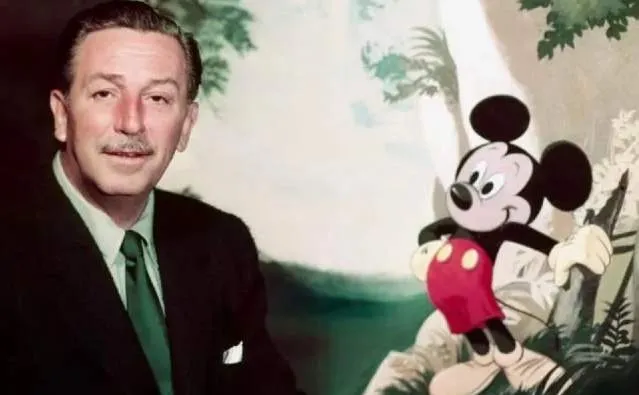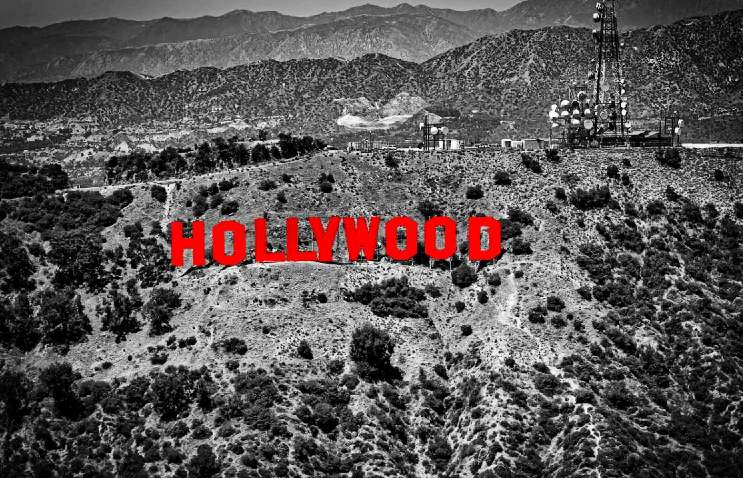Red Scare: How the Hollywood Alliance for American Ideals Shaped Film
FBI spies weren’t alone in thinking communists were marching in through the back door during Hollywood’s Cold War, the 20th century Red Scare era of hysteria.
Dozens of top movie stars - Clarke Gable, John Wayne, and Ginger Rogers among them - joined the right-wing Motion Picture Alliance for the Preservation of American Ideals (MPA), a political action group that advised film producers how to avoid ‘subtle communistic touches’ - sometimes with eye-brow raising results.
Members were happy to assist the FBI in its search for subversive movies but their Hollywood opponents saw the group more as red-baiting and anti-unionist.

Hollywood's Red Scare Cold War
Formed in 1944, the alliance’s immediate goal was to find top talent willing to testify before a House Un-American Activities Committee (HUAC), a congressional committee investigating communists in showbiz. MPA found ‘friendly witnesses’ willing to discuss the political beliefs of Hollywood stars - a stark contrast to the so-called ‘Hollywood Ten’, a group of movie script writers and producers who believed they had a right to join any political organization they choose, including the American Communist Party which was a legal entity.
The issue deeply divided Hollywood. While MPA members were happy to assist HUAC and the FBI in pressuring Hollywood to spread ‘American’ values in the fight against communism, some question the hysteria and anti-communist fever.
A not so wonderful life?
When It’s a Wonderful Life was released, the FBI viewed it as a communist movie that demonized the rich rather than a heart-warming holiday classic.
Author and MPA member Ayn Rand also found subversive messages in The Best Years of Our Lives - a touching post-WWII classic about the psychological trauma of veteran soldiers - because it suggested bankers should give veterans collateral-free loans. She also criticized A Song to Remember - a fictionalized biography of classical pianist Frédéric Chopin - because it implied the musician sacrificed himself for a patriotic cause.
According to Rand: “The purpose of the communists in Hollywood is not the production of political movies openly advocating communism. Their purpose is to corrupt our moral premises by corrupting non-political movies - by introducing small, casual bits of propaganda into innocent stories - thus making people absorb the basic principles of collectivism by indirection and implication.”
Hollywood’s right wing supported anti-communist movies instead, with some films bordering on propaganda including The Red Menace and I Married a Communist, which depicted communists as evil and violent.
"The brand new social experience where you activate your gaming skills as you train like a spy."
- TimeOut
Take on thrilling, high-energy espionage challenges across different game zones.


Red Scare: Disney's anti-communist drive
Walt Disney, co-founder of the alliance, was deeply right-wing and anti-communist during the 1940s and ‘50s, but were his views driven by politics or finance?
Neal Gabler’s Walt Disney: The Triumph of the American Imagination recalls Disney bringing in armed guards when his cartoonists tried to form a union. He fired organizers, cut wages, and at one point had to be physically restrained from attacking the leader of the industrial action.
According to Gabler, Disney had a ferocious temper - particularly against left-wing people - and happily testified before HUAC about what he saw as a communist takeover of Hollywood. Disney saw the Screen Actors Guild as a communist front and a 1941 strike as a communist plot. He even contacted the FBI about alleged communist infiltration.

The cost of the Red Scare
The anti-communist fever had implications for hundreds of actors, writers, and others. A Hollywood Blacklist was drawn up in 1947 listing workers suspected of being communists. Social networks also resulted in hundreds of other individuals whose names were not on the Hollywood Blacklist being denied jobs as well, according to a study by Stanford professor Hayagreeva Rao.
“During the Red Scare, artists not on the list drawn up by the House Committee on Un-American Activities saw their chances of finding employment drop by 13 percent if they previously had worked with someone named on the blacklist, even if they had worked with that person before the list existed,” the study found.
Actors faced a 20 percent drop in employment if they had worked with writers who were later blacklisted. The odds of an Oscar-winning artist finding a job after a co-worker was blacklisted were reduced by 9 percent. The Blacklist was enforced for more than a decade.

The Hollywood Ten
The Red Scare followed WWII and the Great Depression of the 1930s, where a job loss could have devastating consequences. As a result, unions were formed and the Screen Guild extended to film industry technicians. Many of the organizations were created by members of the American Communist Party with the philosophy that people should earn a living wage.
Some of those party members and union organizers were among the Hollywood Ten, a group of 10 men who paid the ultimate price, losing their freedom and serving sentences of up to a year in prison.
The men were mainly Hollywood scriptwriters and they were caught in a bind. If they admitted to being a member of the Communist Party, the House Un-American Activities Committee would demand that they name other party members and associates who would be blacklisted from working. If they refused to answer - which was their right under the Fifth Amendment - they were sent to jail for contempt of court and blacklisted themselves from ever working in Hollywood again. The ten refused and their appeals fell on deaf ears.
SPYSCAPE+

Join now to get True Spies episodes early and ad-free every week, plus subscriber-only Debriefs and Q&As to bring you closer to your favorite spies and stories from the show. You’ll also get our exclusive series The Razumov Files and The Great James Bond Car Robbery!


Gadgets & Gifts
Explore a world of secrets together. Navigate through interactive exhibits and missions to discover your spy roles.
Your Spy Skills
We all have valuable spy skills - your mission is to discover yours. See if you have what it takes to be a secret agent, with our authentic spy skills evaluation* developed by a former Head of Training at British Intelligence. It's FREE so share & compare with friends now!
* Find more information about the scientific methods behind the evaluation here.


Stay Connected
Follow us for the latest
TIKTOK
INSTAGRAM
X
FACEBOOK
YOUTUBE